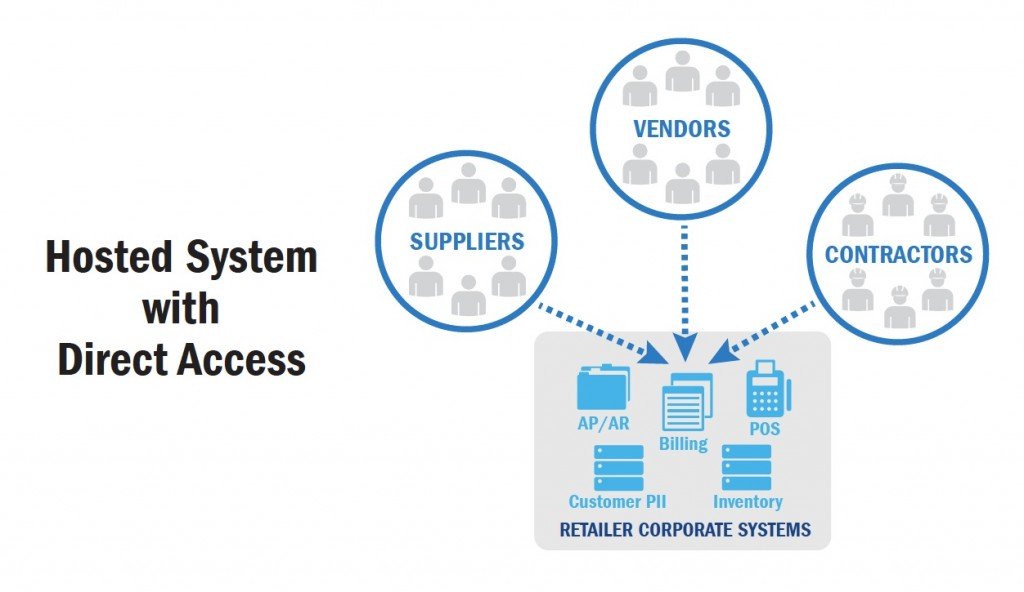4 Revolutionary Applications of AI in Facilities Management

You’ve probably noticed the term popping up in headlines, blogs, and broadcasts for the past several years, but AI is more than just self-cleaning vacuums and coffee-brewing robots. It’s being integrated into technologies and structures throughout the built environment, shaping and enhancing routine processes in ways that are often barely noticeable. ‘Smart’ buildings, for example, are being constructed with AI technologies integrated from the outset, providing intelligent automation for climate control, security, cleaning, maintenance, lighting, and even parking.
The potential benefits of integrating AI into business functions is immense, according to the experts, who envision trillions being injected into global economies, The primary reasons include productivity gains from automation – i,e, machines doing the work or humans – or augmentation with machines assisting the existing labor force with their jobs in extraordinary ways.

These benefits align nicely with goals such as conserving resources, reducing wasted time, and lowering the cost of operations, three goals that anyone in facilities management is very familiar with. This is especially true for those managing large-scale, multi-building operations where the ramifications of waste and inefficiency can multiply in scary ways.
The good news for FMs is that AI works by enabling machines and networks to learn from experience, processing large amounts of data and adjusting to new inputs by recognizing patterns in this data. Rather than manually completing repetitive, time-consuming tasks such as approving work orders, planning preventative maintenance, and analyzing labor spend, facilities management (FM) software with AI capabilities can automate these steps, carrying out tasks with little to no human intervention. As a result, managers will benefit from accelerated processes, conserved energy and resources, reduced costs, and a streamlined workflow that’s proactive vs. reactive.
Let’s take a closer look at four revolutionary applications of AI taking shape across the FM industry today.
1. Predict Faults & Schedule Preventative Maintenance
According to the International Society of Automation, $647 billion is lost globally to machine downtime each year. Whether caused by changing seasons, increased usage, or aging, appliances and machinery are prone to eventual faults– and when faults happen, they can cost your business money in more ways than one.
AI-enabled FM software can predict and even prevent breakdowns by analyzing and interpreting historical data on past asset failures, services, and labor requirements, and using this information to automatically create work orders and direct them to the appropriate vendors.
AI tech is easily integrated with IoT networks that monitor device and appliance health and functionality using learned benchmarks of ‘normal’ and ‘abnormal’ input and output. Whenever an ‘abnormal’ result is recorded, AI technology can identify the issue, project the time and cost to fix it, and schedule qualified labor. Invoicing also becomes more efficient as scheduled work orders are automatically opened, closed, approved, and paid appropriately by interpreting bell curve data from past orders of similar scope.
One example of AI-enabled FM software that can assist in these tasks, among others, is ServiceChannel’s Decision Engine, which uses prescriptive analytics to help FMs make intelligent, data-driven decisions when selecting contractors, reviewing proposals, and scheduling maintenance. With AI-enabled automated maintenance and breakdown detection, small facilities management teams can manage hundreds (even thousands) of buildings and assets with greatly reduced machine downtime. This, in turn, decreases spend and frees up time for FMs to focus on more important matters.
2. Reduce Energy Expenditure
Percentage-wise, businesses typically spend more money on energy resources – heating, cooling, ventilation, electricity, and water – than just about any other category of building management. On average, energy costs make up about 19% of total expenditures for the typical commercial facility in the US, according to National Grid. Clearly, it’s a category that deserves management attention, both on grounds of cost-cutting and environmental awareness.
While there are hundreds of ways to reduce energy consumption across facilities, AI provides a hands-off solution to major energy drains such as HVAC, refrigeration, and electricity. Using predictive analytics, AI-enabled tech can monitor and more efficiently manage energy usage in real time– for example, turning down the heat during periods of inactivity based on historical usage patterns (deduced from advanced models of a particular building’s thermal characteristics or IoT sensors that detect foot traffic).
The Nest thermostat serves as a great example of AI tech that’s already widely available (since 2011, in fact). As advertised on the brand’s website, this AI-powered thermostat “learns what temperature you like and builds a schedule around yours.” Independent studies have shown that the Nest thermostat saves its residential users between 10-12% on heating bills and up to 15% on cooling. While currently only available for commercial use in small buildings and offices, the potential for savings these environments is likely even higher.
Beyond real-time monitoring, AI tech (in combination with IoT and remote management dashboards) can also catch energy leaks and operational strays such as poorly-fitted HVAC ducts or a faulty electrical transformer, even predicting when these leaks are most likely to happen. This allows FM teams to better plan and strategize around energy costs and facility occupancy.
3. Identify Security Risks
AI is bringing revolutionary capabilities to physical security at commercial facilities. Security is a significant priority for most FM teams, yet it’s not typically put on the front burner in terms of prioritization. That is, it can be easy to take for granted (until a breach occurs). As surveillance systems become more complex and the volume of security-related data increases, AI can help fill in the gaps where manual review and management fall short.

Access control, CCTV surveillance, intrusion detection, package screening, and weapon detection are just a few examples of commonplace data-driven security technology in FM. While useful on their own, these applications can be enhanced and made even smarter with the integration of artificial intelligence and machine learning.
One influential startup, Aegis AI, has developed AI-powered software that can detect when a person in video footage is carrying a gun. This unique layer of situational awareness provides immense value to a facility security program, especially with the addition of emergency alerts and first-responder notification.
Another young but rapidly growing company, IC Realtime, recently introduced an app and web platform named “Ella” that uses AI to analyze CCTV footage and make it instantly searchable under tags such as “red car,” “black hoodie,” and so forth.
These types of AI-enabled technologies are incredibly promising to any business with a large facilities or retail presence. Traditional surveillance systems require a team of security personnel monitoring multiple screens simultaneously; the more extensive the surveillance, the more people are required to supervise it – a costly investment that’s anything but foolproof due to potential for human error. AI is a powerful solution, capable of processing large quantities of visual data without fatigue and picking up on less obvious threats (such as shoplifting or the delivery of a suspicious package) that would easily go unnoticed under human watch.
4. Smarter Reporting & Analytics
A comprehensive analytics program is critical to any FM team’s success. Using the insights gleaned by analyzing facility data, managers can improve visibility, make data-backed decisions, and plan strategic initiatives – all while keeping an eye on budget and long-term goals.
Today, AI is disrupting the traditional analytics model. In past decades, facilities data has been sorted manually and decisions have been made based on an analyst’s “gut feeling.” AI is now automating these processes to generate faster, more reliable insights based on a comprehensive review of historical data. By removing the potential for human biases and error, AI-enabled FM software can more efficiently separate capital and operational costs, improve predictability, and enhance demand forecasting.
Another benefit of AI in FM analytics has to do with consistency: with AI-enabled software, even a new or inexperienced employee is capable of making smart choices in asset management. Prescriptive analytics backed by years, or even decades, of facility data can inform tough decisions and suggest the most logical, cost-effective course of action. All this happens with little to no manual research.
The personalized insights provided by AI-powered analytics will ultimately allow your business to cut costs, prevent breakdowns, and keep both customers and employees satisfied.
Final Thoughts
The applications of IoT and AI in facilities management are only just beginning to emerge, but their future looks incredibly bright. It’s been said that FM may be the industry that benefits most from AI in the coming years, especially given its large quantity of repetitive, time-consuming tasks. With AI-enabled technology in place, FM professionals will benefit from increased efficiency, reduced costs, improved contractor relationships, and a boost in asset reliability.
Learn more about integrating innovative service automation and facilities management technology powered by AI and machine learning.




